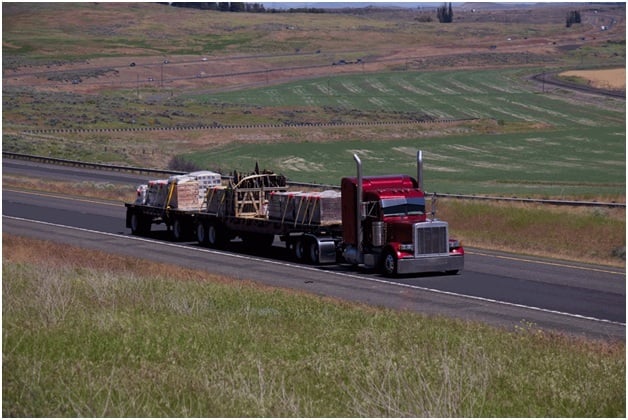Air compressors are essential tools used in various sectors and DIY projects, transforming power into pressurized air for multiple uses. This article explores the fundamental aspects of air compressors, their applications, and their importance in construction projects related to geogrids.

What are the main types of air compressors?
The two primary types are reciprocating (piston) compressors, which are great for high-pressure and occasional tasks, and rotary screw compressors, which provide continuous airflow and operation.
How do I determine the right air compressor for my project?
Assess important factors such as the required air pressure (PSI), airflow rate (CFM), and specific applications. Choose a compressor that can handle the specifications of your tools, especially for construction work.
Can air compressors be utilized in geogrid installations?
Definitely! They are essential for powering the tools needed for geogrid application, facilitating efficient installation, particularly in soil reinforcement projects.
What maintenance should be performed on air compressors?
Essential maintenance tasks include changing oil, replacing filters, draining moisture, and inspecting hoses for leaks. Routine care is crucial for extending the compressor’s lifespan and maintaining performance.
Air compressors are multi-purpose tools that play a significant role in a wide range of tasks, from simple home repairs to complex construction projects. By understanding their types, selection criteria, and maintenance, users can boost their effectiveness, particularly in geogrid applications. A well-maintained air compressor enhances productivity and improves the overall quality of work in soil stabilization projects.